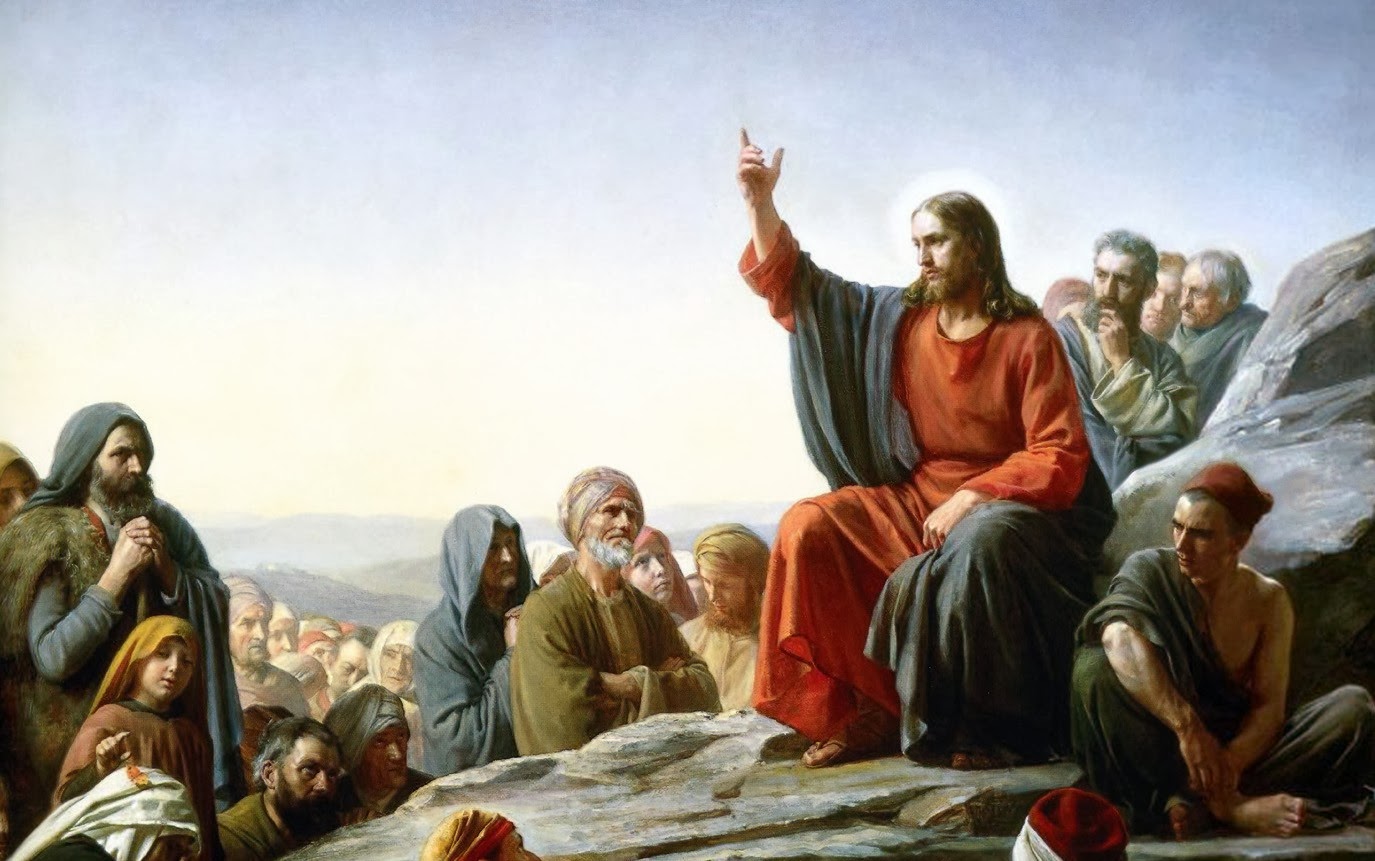World Religion: What is a parable?
A parable (pronounced PAIR uh bul) is a comparison between two things, often done through a story that has two meanings. Another name for a parable is an allegory.
Jesus Christ did much of his teaching in parables. Telling stories of characters and family activities was the way the ancient rabbis preferred to attract public attention while illustrating an important moral point.
The parables appear in both the Old and New Testaments but are more easily recognized in Jesus' ministry. After many rejected him as Messiah, Jesus turned to the parables, explaining to his disciples in Matthew 13: 10-17 that those who sought God would have grasped the deeper meaning, while the truth would have been hidden from unbelievers. Jesus used earthly stories to teach heavenly truths, but only those who sought the truth were able to understand them.
Characteristics of a parabola
The parables are generally short and symmetrical. The points are presented in two or three using an economy of words. Unnecessary details are excluded.
The settings in the story are drawn from ordinary life. Rhetorical figures are common and used in context to facilitate understanding. For example, a talk about a shepherd and his sheep would induce listeners to think of God and his people because of Old Testament references to those images.
Parables often incorporate elements of surprise and exaggeration. They are taught in such an interesting and compelling way that the listener cannot escape the truth in it.
The parables ask listeners to make judgments about the events of history. Consequently, listeners must make similar judgments in their lives. They force the listener to make a decision or arrive at a moment of truth.
In general, parables do not leave room for gray areas. The listener is forced to see the truth in concrete rather than abstract images.
The parables of Jesus
A master in teaching parables, Jesus spoke about 35 percent of his words recorded in parables. According to the Tyndale Bible Dictionary, Christ's parables were more than illustrations for his preaching, they were largely his preaching. Much more than simple stories, scholars have described Jesus' parables both as "works of art" and as "weapons of war".
The purpose of the parables in the teaching of Jesus Christ was to focus the listener on God and his kingdom. These stories revealed the character of God: how he is, how he works and what he expects from his followers.
Most scholars agree that there are at least 33 parables in the gospels. Jesus introduced many of these parables with a question. For example, in the parable of the mustard seed, Jesus answered the question: "What is the Kingdom of God like?"
One of the most famous parables of Christ in the Bible is the story of the prodigal son in Luke 15: 11-32. This story is closely related to the parables of Lost Sheep and Lost Coin. Each of these stories focuses on the relationship with God, demonstrating what it means to get lost and how heaven celebrates with joy when the lost are found. They also draw an acute image of the loving heart of God the Father for lost souls.
Another well-known parable is the account of the good Samaritan in Luke 10: 25-37. In this parable, Jesus Christ taught his followers how to love the marginalized of the world and showed that love must overcome prejudice.
Many parables of Christ teach us to be prepared for the end times. The parable of the ten virgins underlines the fact that the followers of Jesus must always be alert and ready for his return. The parable of the talents provides a practical guide on how to live ready for that day.
Typically, the characters in Jesus' parables remained unnamed, creating a wider application for his listeners. The parable of Rich Man and Lazarus in Luke 16: 19-31 is the only one in which he used a proper name.
One of the most striking features of Jesus' parables is the way they reveal the nature of God. They attract listeners and readers in a real and intimate encounter with the living God who is Shepherd, King, Father, Savior and much more.
